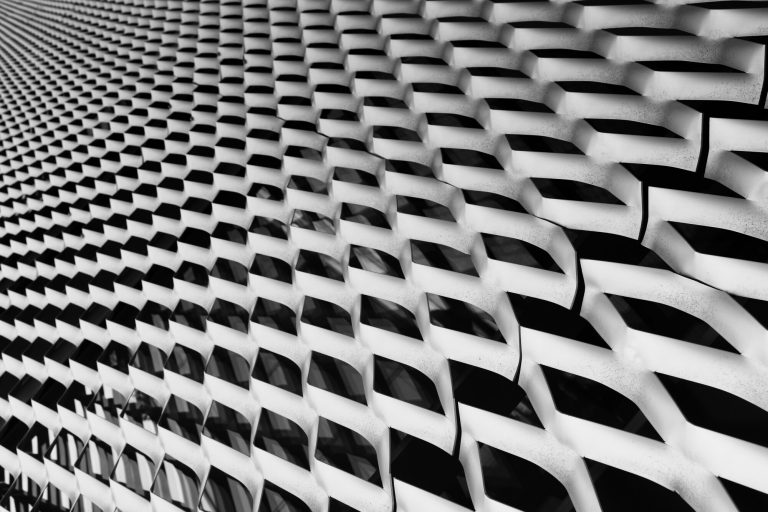Highway Noise Barrier Walls An Essential Urban Sound Management Solution
Highway noise pollution has become an increasingly pressing issue in urban areas. As cities expand and traffic volumes rise, the noise created by vehicles on busy highways can significantly impact the quality of life for residents living nearby. One effective solution for mitigating this issue is the construction of noise barrier walls. These structures serve as a protective shield, helping to reduce noise levels and create a more pleasant living environment.
What Are Highway Noise Barrier Walls?
Highway noise barrier walls are specifically designed structures constructed along the edges of busy highways to absorb or deflect sound waves generated by traffic. Typically made from materials such as concrete, wood, or specialized noise-absorbent materials, these barriers vary in height, length, and composition depending on the specific noise mitigation needs of the area. They are engineered to be effective in reducing noise levels, especially in residential zones, schools, parks, and other noise-sensitive areas.
The Importance of Noise Barrier Walls
1. Improving Quality of Life The primary purpose of noise barrier walls is to enhance the quality of life for those living near highways. Continuous exposure to high levels of noise is linked to various health issues, including stress, anxiety, sleep disturbances, and cardiovascular problems. By effectively lowering noise levels, these barriers contribute to healthier living environments.
2. Protecting Residential Areas Urban planning often entails striking a balance between development and the well-being of residents. Noise barrier walls play a crucial role in protecting residential areas from the disruptive impacts of highway noise. They create a buffer zone that allows families to enjoy their homes without incessant noise from passing traffic.
3. Supporting Wildlife Highways can disrupt wildlife habitats and migration patterns, leading to ecological imbalances. Noise barrier walls can help in reducing noise pollution, which, in turn, can support wildlife by minimizing human interference and creating safer passages for animals.
4. Enhancing Aesthetic Appeal While the primary function of noise barriers is to minimize sound, they can also enhance the visual appeal of an area. Many modern noise barriers incorporate artistic designs, landscaping, and green walls that can blend seamlessly with their surroundings. This dual function as both a protective structure and an aesthetic element makes them a valuable addition to urban infrastructure.
highway noise barrier wall

Challenges in Implementation
Despite their benefits, the implementation of highway noise barrier walls does face certain challenges. One significant hurdle is the initial cost associated with their construction. Funding for such projects can be difficult to secure, as they compete with other transportation infrastructure needs. Additionally, the effectiveness of noise barriers can vary based on their design, location, and the type of noise being mitigated. Engineers must conduct thorough studies to ensure that the barriers are properly designed to meet specific noise reduction targets.
Another challenge is public perception. While many residents support the idea of noise barriers, there are concerns regarding visibility, property values, and the potential for creating unwelcoming environments. Community engagement is vital to address these concerns and to educate residents on the benefits that noise barrier walls offer.
Future Directions
Innovative materials and technologies continue to emerge in the field of noise barrier design. Researchers and engineers are exploring more effective and sustainable materials that not only absorb sound but also contribute to environmental sustainability. This includes the use of recycled materials, bio-based products, and vegetation-integrated designs, which can further enhance the ecological benefits of noise barriers.
Furthermore, advancements in sound analysis technology are improving the ability to design more efficient barrier solutions tailored to specific locations. These innovations are crucial as cities continue to grow and evolve, ensuring that residents can enjoy a quieter, healthier urban living experience.
Conclusion
Highway noise barrier walls serve as a vital component in urban sound management. They play a significant role in protecting communities from noise pollution, improving public health, and enhancing overall quality of life. By addressing the challenges associated with their implementation and embracing innovative designs, cities can continue to develop effective strategies for noise mitigation that benefit both residents and the environment. Through dedicated efforts in research, community engagement, and sustainable practices, we can ensure that the future of urban living is both peaceful and prosperous.
-
Why Galvanized Trench Cover Steel Grating Resists Corrosion
NewsJul.10,2025
-
The Versatility and Strength of Stainless Expanded Metal Mesh
NewsJul.10,2025
-
Load Calculations in Steel Grating Platforms
NewsJul.10,2025
-
Keeping Pets and Kids Safe with Chicken Wire Deck Railing
NewsJul.10,2025
-
Hole Diameter and Pitch for Round Perforated Metal Sheets
NewsJul.10,2025
-
Aluminium Diamond Mesh in Modern Architecture
NewsJul.10,2025
Subscribe now!
Stay up to date with the latest on Fry Steeland industry news.

